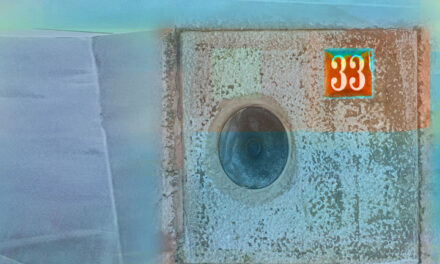Trouble at the Teton Dam, the worst trouble imaginable, the kind unbound by hubris and amplified by assumption, could easily have been avoided.
All it would have taken to prevent the dam’s collapse was a better understanding of fractured rocks embedded in canyon walls.
We tend to think of dam bursts and catastrophic flooding as distant disasters, sepia tinted, far enough back in history to seem somewhat quaint.
Not that long ago, on the morning June 5th, 1976, along the Snake River in Idaho, 11 people and 16,000 animals were killed when the 305-foot-tall Teton Dam gave way.
Damages from the engineering failures of the U.S. Bureau of Reclamation project reached $2 billion.
…
They were filling up The Teton Dam for the first time. In the beginning, through the late fall days of 1975, water from the Snake River was carefully controlled to rise a foot a day.
By late spring, the filling rate was four times that much. The increase was to accommodate the runoff of strong snowmelts from the Teton Range, the Absaroka Mountains and the Yellowstone Plateau.
In early June, when the reservoir was filled to just short of capacity, the project had not been entirely completed. The structure of the dam itself was finished but the spillway gates weren’t ready.
And then, at 7:30 on a Saturday morning, they spotted the first muddy leak.
Engineers with the U.S. Bureau of Reclamation said it wasn’t a problem.
A few hours later a wet spot showed up. It stained the dam’s downstream face and kept growing. Then, when the embankment started to wash away, bulldozers were rushed in. Crews tried to plug the leak but couldn’t.
Shortly after 11:00, construction workers began to run for their lives. Ropes were tossed down into a big hole that quickly swelled and swallowed heavy equipment. Two bulldozer operators were rescued.
It was just before noon when the dam’s crest sagged. A few minutes later, one third of the dam’s wall collapsed and vanished. Massive amounts of water poured down into the Teton River Canyon at a rate that dwarfed the flow of Niagara Falls.
It took eight hours for all the water to sweep through.
…
Six days later, the U.S. Bureau of Reclamation said there was nothing it could have done to prevent the disaster.
A more satisfactory answer came later on.
Investigators determined the collapse, the entirely preventable trouble at the Teton Dam, stemmed from two things.
Flawed engineering and an incomplete understanding of local geology.






